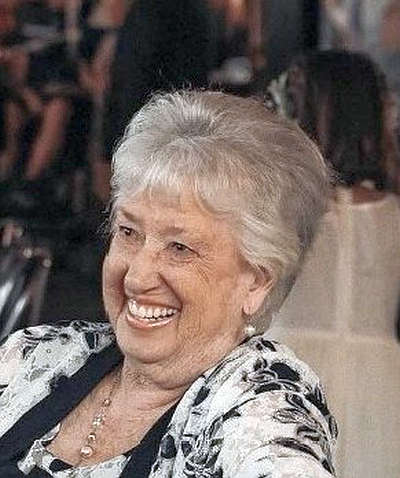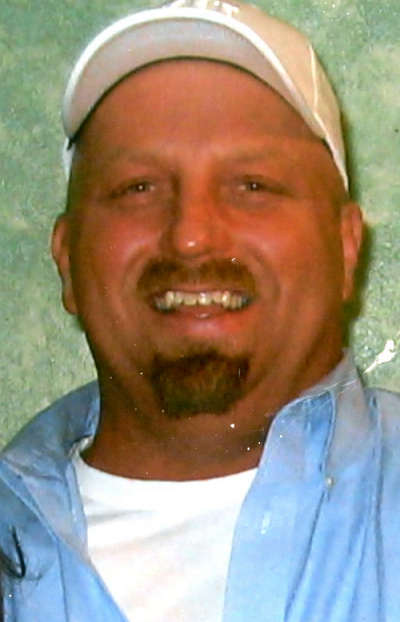
Marshall County’s Chief Health Officer, Dr. Bryan Holm, spoke to the Marshall County Sewer District this week and said he’s the one to blame for everything going on because he started this 8 to 10 years ago in the county’s Health Department. Holm was asked to share how the Regional Sewer Board came to life.
Holm said he understands the citizens’ concern about cost, and he, too, is keeping an eye on the feasibility of the project. He did say he is charged with the protection of citizens, water, and lakes as well as preservation.
The County Health Department had begun seeing problems with fecal E. coli creeping into the county by failing and antiquated septic systems. Holm urged the County Commissioners to look at creating a sewer district to protect the citizens of Marshall County as well as the groundwater in several areas of the county.
Dr. Holm discussed E. coli and said it is an indicator of trouble, and the test is low-cost. He also said they can determine the type of E coli from different types of animals to humans. These discharges get into our ditches and streams and can flow into the lakes and even into our groundwater. Holm said environmental degradation can have a huge impact on the financial well-being of our communities and lakes. He also said new options are not as good as the old standard septic systems with filtration.
Holm told the regional sewer board and those attending the meeting that small lot sizes, the lack of adequate drainage, and poor soils make it more difficult to replace failing septic systems.
The county’s Chief Health Officer asked the regional sewer board to look for cost-effective ways to address the creation of a closed regional sewer system. He urged them to look for grants to help cover the underlying cost of installation and development of the sewer system.
Before approving the monthly claims, Reginald Sewer Board member Dean Colvin told the audience that he reviews the claims and acknowledges that they are expensive, but that they are professionals involved in the project, and there are costs to running the board. Colvin said, “At some point, we need to either slow or pump the brakes and figure out where we are in terms of how we’re going to break the cost of this particular project down, either as a whole or break it down as a subpart in the future.”
Colvin said he is not in favor of dismantling the board or removing it entirely. He reminded those in attendance that there are 12 other areas around Marshall County that have been detailed by the Health Department to have problems to be addressed.


 Plymouth Board to review single $200 bid for surplus ambulance
Plymouth Board to review single $200 bid for surplus ambulance
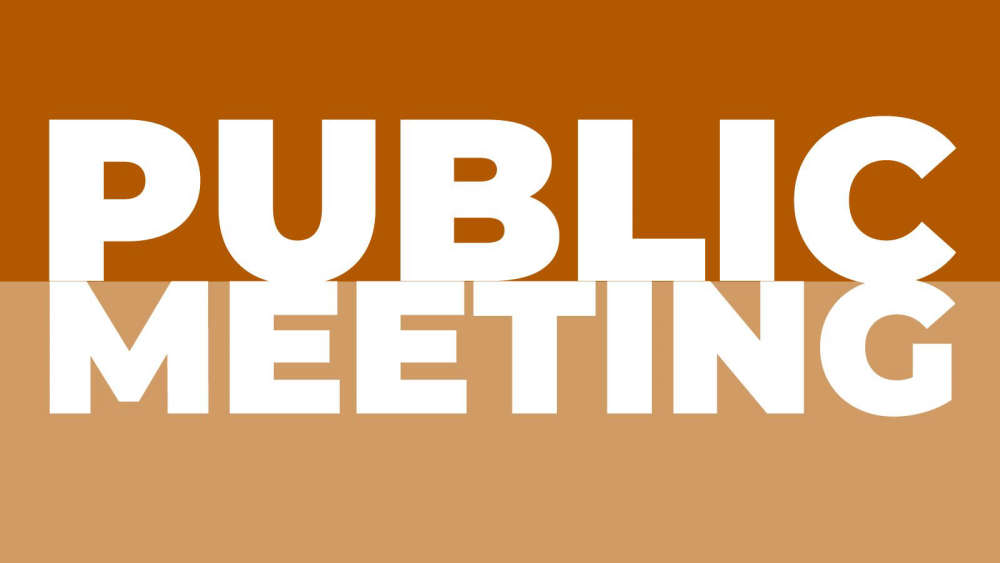 Marshall County officials to hold year-end budget, appointment meetings
Marshall County officials to hold year-end budget, appointment meetings
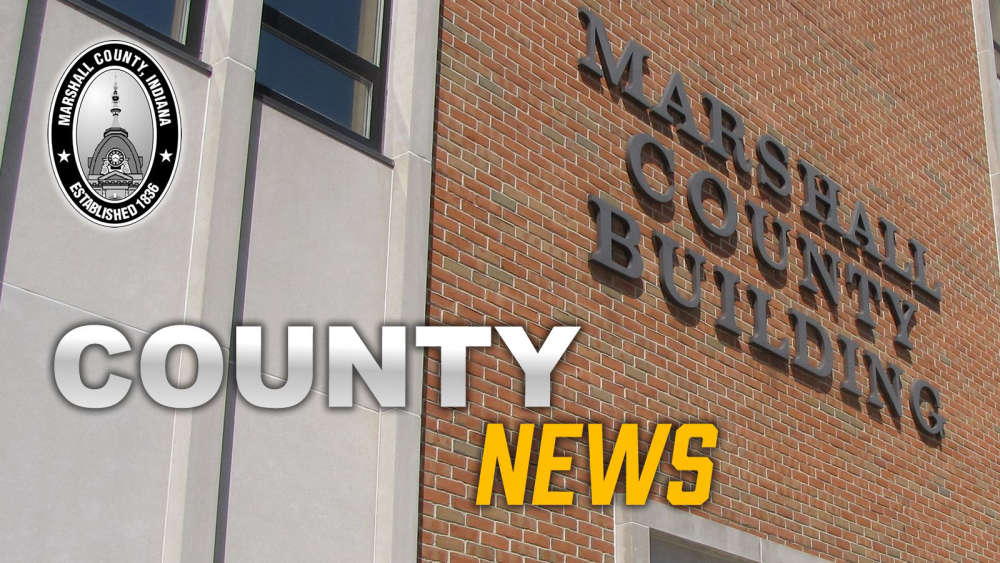 Marshall County Public Defender Board to review new contracts
Marshall County Public Defender Board to review new contracts
 Heartland Art Center launches "The Artist's Table" dining experience
Heartland Art Center launches "The Artist's Table" dining experience
 BMV shatters kiosk transaction goal
BMV shatters kiosk transaction goal
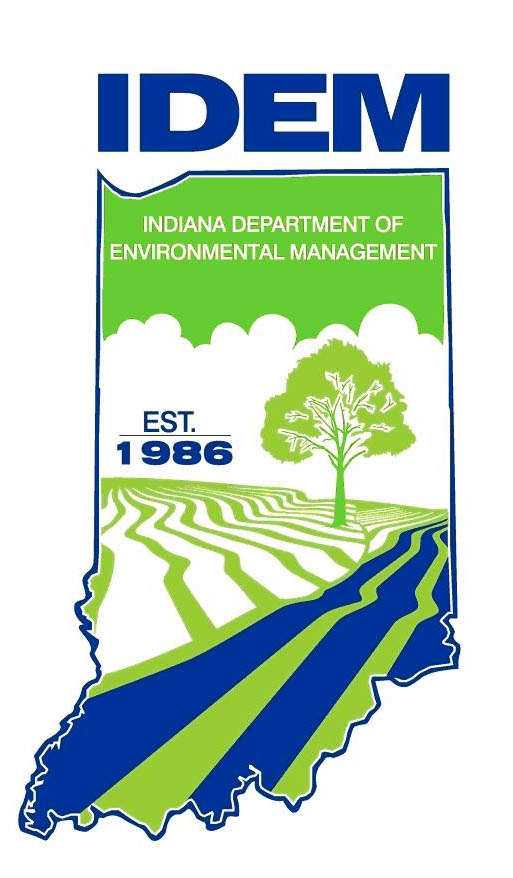 Indiana advances coal ash permitting program, marking major step in Environmental Leadership
Indiana advances coal ash permitting program, marking major step in Environmental Leadership
 Plymouth Council tables $25,000 request for Housing Crisis Response Team
Plymouth Council tables $25,000 request for Housing Crisis Response Team
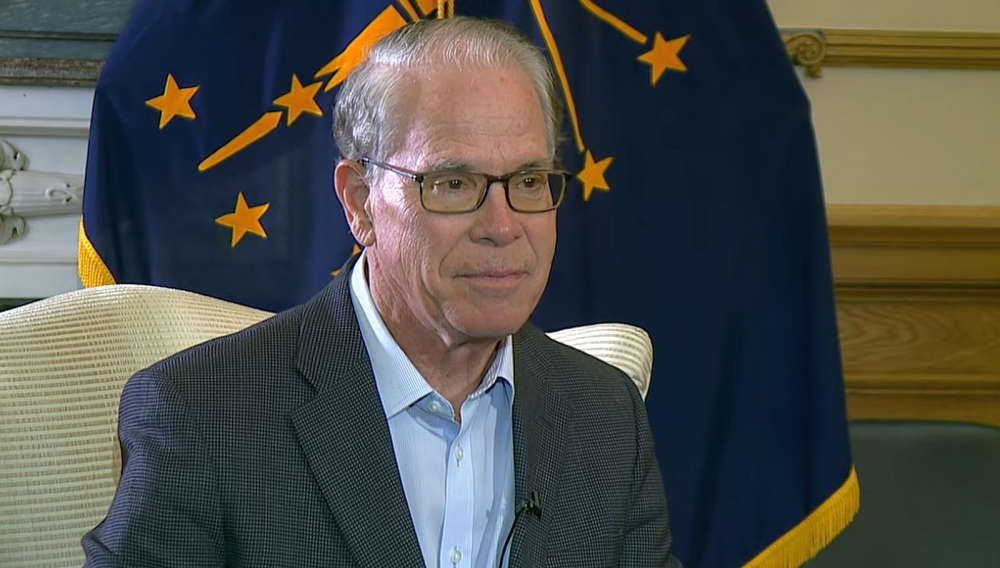 Governor Braun applauds new Regional-Led Innovation Development District in South Bend
Governor Braun applauds new Regional-Led Innovation Development District in South Bend


